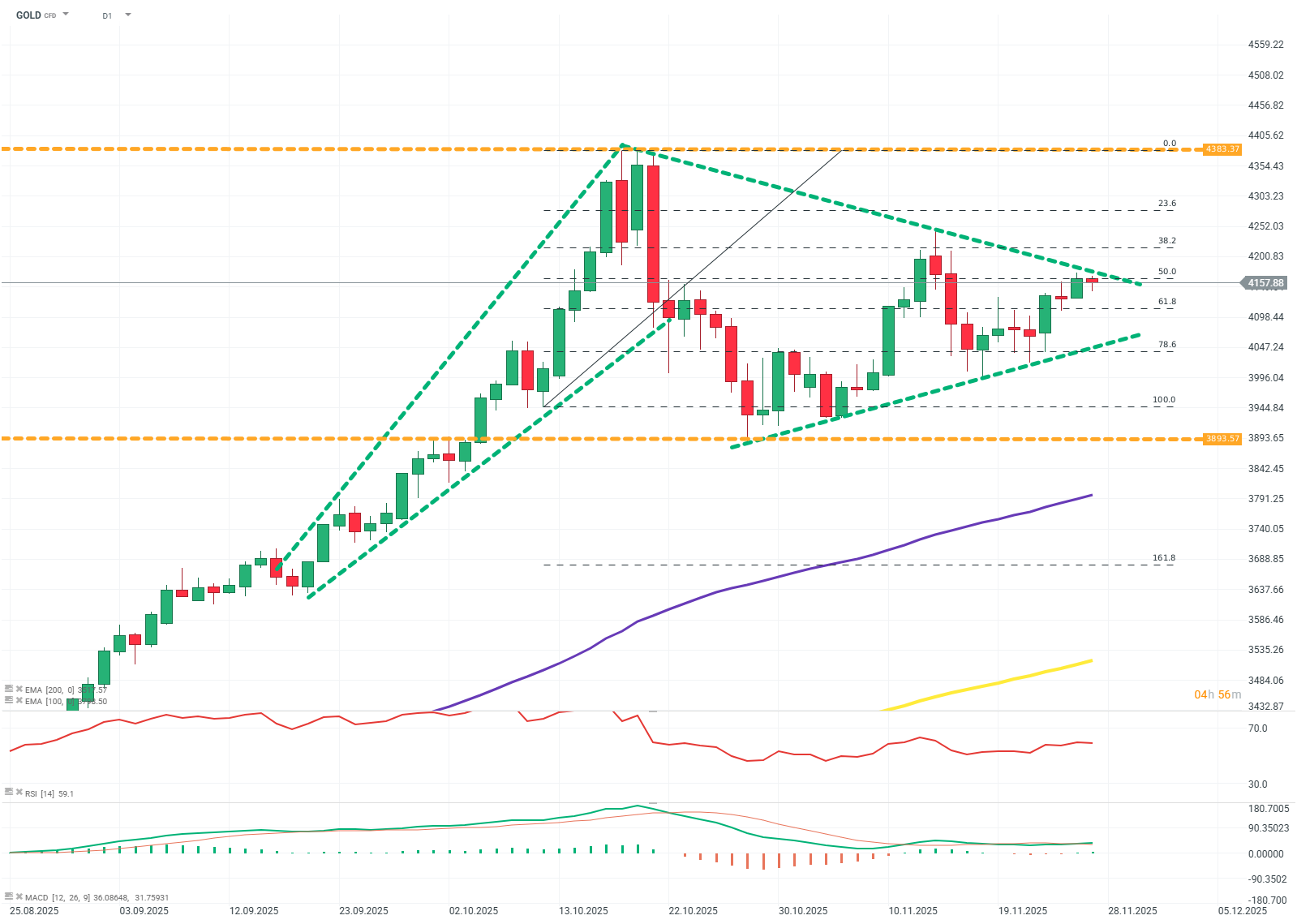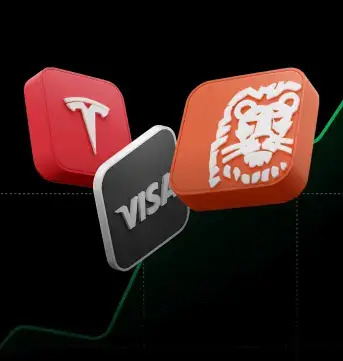The market has largely cooled down after the recent surge in precious metals. The latest increase in precious metal valuations had a pace and scale that is difficult to fully justify with hard fundamental data. Part of the movement was an emotional reaction driven by geopolitical uncertainty and the entrenched belief that metals always gain in times of unrest. However, the market once again demonstrated its ability to anticipate facts and only later seek justification for them. This is particularly true for retail investors, whose participation was very noticeable in the recent rise.
This does not mean, however, that precious metals lack reasons to grow. Institutional purchases remain a strong pillar, especially from central banks of developing countries, which have been systematically diversifying reserves for several years. The second element of this structure is monetary policy, whose direction still favors cutting interest rates and maintaining them at a low level. This creates a kind of price floor, not so much guaranteeing increases as limiting the scale of potential declines.
Gold, however, is not an untouchable asset. The status of a safe asset does not mean immunity to corrections or declines, as has been observed on the charts recently. For example, a clear signal of lasting improvement in relations between the United States and China could lead to part of the risk premium being withdrawn from quotations. A similar effect could be brought about by unexpected tightening of monetary policy in major economies.
GOLD (D1)

Source: xStation5
Fluctuations in rates in the short and medium term have negligible significance for central banks, which look at the market over many years. For retail investors, however, they are a source of real profits or losses, and for investment firms, they constitute a significant element of financial results and balance sheets. This difference in perspectives means that the same price movement can be simultaneously insignificant and very painful for different market participants.
A careful investor should also pay attention to price relations between individual metals. Currently, silver shows better price dynamics than gold. Its growing importance in renewable energy and the electronics industry is changing the demand structure. If this trend continues, silver may gradually catch up with its "bigger brother," although this path will most likely be neither quick nor easy.
SILVER (D1)

Source: xStation5
Daily Summary: Wall Street absence limits market's activity
Toyota - After Earnings
Stock of the Week – Adobe Inc (27.11.2025)
European Central Banks publishes minutes📋EURUSD gains slightly
The material on this page does not constitute as financial advice and does not take into account your level of understanding, investment objectives, financial situation or any other particular needs.
All the information provided, including opinions, market research, mathematical results and technical analyses published on the website or transmitted to you by other means is provided for information purposes only and should in no event be interpreted as an offer of, or solicitation for, a transaction in any financial instrument, nor should the information provided be construed as advice of legal or fiscal nature.
Any investment decisions you make shall be based exclusively on your level of understanding, investment objectives, financial situation or any other particular needs. Any decision to act on information published on the website or transmitted to you by other means is entirely at your own risk. You are solely responsible for such decisions.
If you are in doubt or are not sure that you understand a particular product, instrument, service, or transaction, you should seek professional or legal advice before trading.
Investing in OTC Derivatives carries a high degree of risk, as they are leveraged based products and often small movements in the market could lead to much larger movements in the value of your investment and this could work against you or for you. Please ensure that you fully understand the risks involved, taking into account your investments objectives and level of experience, before trading, and if necessary, seek independent advice.


